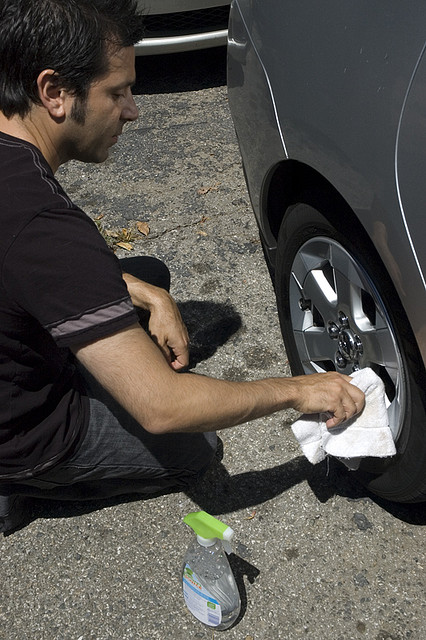On almost every job site, there’s a Perfectionist Pete.
He’s the guy who not only does a meticulous safety inspection of his truck every morning, he regularly checks fluid levels, tire air pressure, and the like, to make sure the truck is in ideal operating condition. He pays attention to how the engine runs. He always makes sure it’s looking spic-and-span.

He knows how important it is that his truck works right—for himself, for the company, and for other people on the road. But it’s also simply part of his nature to want things to work (and look) the best they can.
Of course, this guy doesn’t have to be named Pete; in fact, “Pete” could be a woman just as easily as a man. And the equipment doesn’t have to be a truck; it could be a snowplow, a forklift, a crane, a lawnmower, a chainsaw—any piece of equipment used on the job.
The point is that people like Perfectionist Pete are the model. That’s the guy you want all your other personnel to emulate.
Why? Because Perfectionist Pete helps the bottom line.
The Right Attitude Pays Off
Some managers might wish Pete would just hop in his truck and get on the road. Particularly if the official inspection report was done by the previous driver, they might see his thoroughness in checking his vehicle as fussiness and essentially a waste of time.
They couldn’t be more wrong.
If that’s the management mindset at your company, that’s the first thing that needs to change. Perfectionist’s Pete’s attitude should be cheered, not discouraged.
Pete’s “it’s-got-to-be-right” approach benefits the company financially in numerous ways:
- By regularly checking critical operating components of the truck, he ensures it’s always performing optimally, which reduces maintenance and repair cost, as well as prolongs the equipment’s life.
- By doing a pre-use inspection, he double-checks the last driver, providing a safeguard against human error (or negligence) in overlooking a critical safety issue that could result in costly injuries and/or equipment damage.
- By always paying attention to how the truck is performing, he can identify problems that need attention before they escalate into far-costlier repairs.
- Because he genuinely cares about the condition of the company’s equipment, he doesn’t abuse the truck at all, lowering maintenance/repair expense.
- By keeping the truck clean, he presents a positive image of the company to anyone who sees the truck on the road, providing a marketing value.
A company enjoys these benefits whenever equipment—no matter what type it is—is properly inspected and cared for. That’s why you should go up to every “Perfectionist Pete” you’ve got and give them a hearty thank-you.
The Message: Be Like Pete
To get all your personnel paying attention to equipment safety and performance the way Perfectionist Pete does, you have to make them realize that the company really does want them to take the time to properly inspect and look after the equipment they use.
One way to do this it to reward Pete for his attitude. If the reward is meaningful and known within the company, other personnel will get the message. They’ll see what Pete actually does and realize it’s not that hard—that it’s just a matter of doing it.
Another step you can take is to begin using safety resources that encourage personnel to pay attention to the condition of their equipment. One such tool is The Checker—detailed, easy-to-use, equipment-specific inspection checklists that can be used as books or on mobile digital devices. The Checker ensures personnel properly perform, and document, regular equipment inspections.
At first, such an enforced program may meet with resistance, but in almost all cases, personnel soon realize that inspecting equipment properly doesn’t take that much work and actually benefits them with better-working, safer equipment—and hopefully some recognition from the bosses!
Takeaway Point
Some people are always going to be a little more like Perfectionist Pete than others are, but it is possible to encourage Pete’s mindset in a way that results in a genuine company-wide attitude change that increases profitability.











